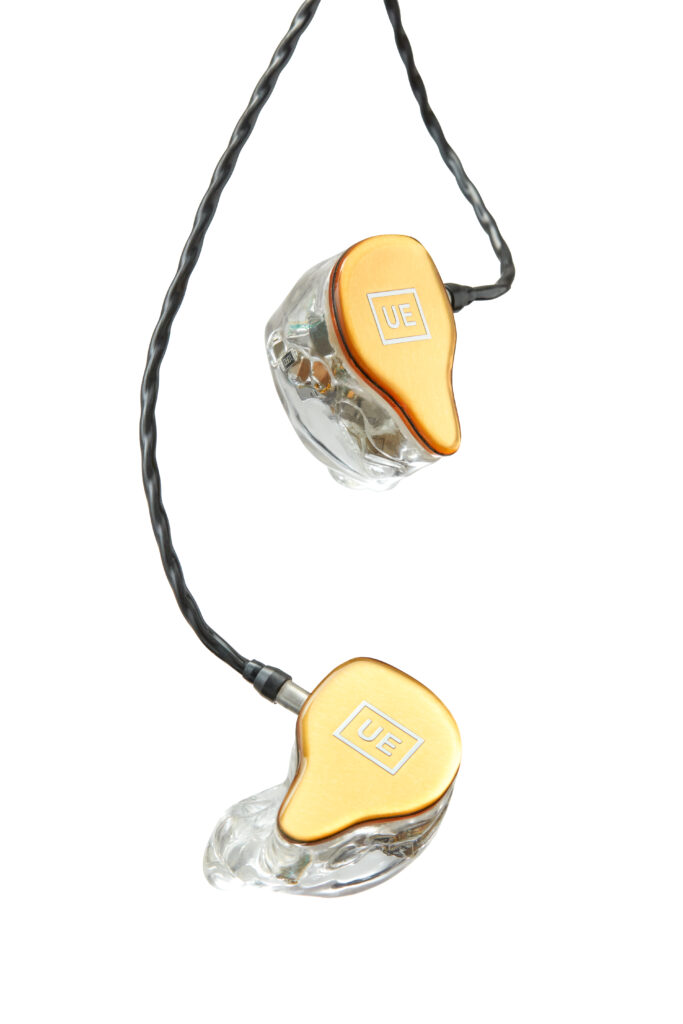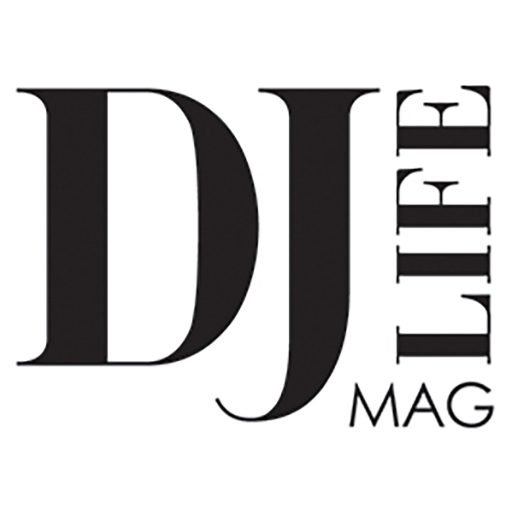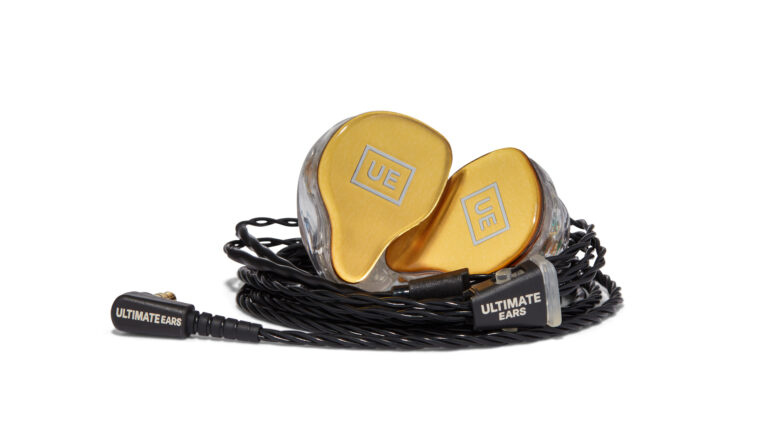UE Premier custom IEMs provide the dual benefits of an unmatched listening experience, along with important hearing protection advantages.
I’ve been writing about DJ technology for what feels like an eternity at this point, and if you’ve seen any of my prior ramblings about hearing protection, then what I’m about to say isn’t going to come as much of a shock: If you’re a DJ, whether performing nightly or only at the occasional gig, you need get serious about protecting your hearing, and you need to get serious about it now.
The magic number, according to many experts, is 85db. Prolonged exposure to sound pressures in excess of 85db can cause permanent hearing loss. Concerts and clubs and other performance venues often deliver sound in excess of 100db, and I spent my younger years not really thinking much about the ringing in my ears after a night out — or what the long-term consequences might be. And the result? While my hearing is still intact, I suffer from a level of tinnitus, as well as diminished hearing sensitivity in certain frequency ranges. That youthful sense of invincibility strikes again, long after the fact.
As DJs, the challenge is that we have a job to do, and that job involves hearing music clearly… clearly enough to be able to mix tracks, apply effects, and align beats competently. When there’s a ton of ambient sound from the house sound system or PA that’s relaying our work to the audience, that can be a challenge. In addition, “turning it up” is just not the right answer.
The solution? In my view, it’s in-ear monitors — or IEMs. They come in various types, including “universal fit” models that are merely regular “ear buds” with better audio. But I think the real benefit of IEMs is when you go with the custom-fit types that have been used onstage by professional performing musicians for years. And it’s now been just short of a decade since I got my very first pair of custom-fit IEMs, from Ultimate Ears Professional, or UE Pro for short.
Founded in 1995 and owned today by Logitech, the well-known computer-accessory company, UE Pro offers a line of eight different models, spanning a wide price range. Ordering a set begins with impressions — these are molds of the outer ear canal and the area around your ear opening, taken by a professional audiologist, the same process used for making custom-fit hearing aids. The finished impressions are then sent to UE Pro, and are used to manufacture your order, and ensure that your set of custom IEMs fit your ears perfectly. This is essential for the sound isolation to provide its full benefit, which in UE Pro’s case is –26db of reduction in the gain of ambient noise. (It’s worth noting that UE Pro also has a 3D scanning system that can be used in lieu of audiologist molds; the company can provide more details on availability of the scanning service.)
As I’ve written in the past, DJing with IEMs can take some real getting used to, and how much of an adjustment they are depends on your style and approach. I got my start mixing at home and was used to wearing headphones over both ears for extended periods, which I continued with both club and mobile work over the years. So, for me, it feels natural to have them in, and I quickly got used to popping one out with ease when I needed to speak to a guest.
 UE Premier: The Best Yet
UE Premier: The Best Yet
Over the years, I’ve had the great privilege of using a few different UE Pro IEM models, and honestly, every single pair has surpassed my expectations, including the UE 6 Pro, a relatively simple 3-driver offering at an attractive price point. I’ve also tried UE Live Pro, an 8-driver model with an admittedly premium price point, but with an audio quality boost that goes with it.
But this year, UE Pro has introduced a new model that borders on insane (in a good way) and seems to show what the company’s engineers had been up to during the pandemic lull when live music went on hiatus — and a market demand for IEMs went with it. That offering? The UE Premier.
The UE Premier truly takes custom IEMs to a completely new level, with a whopping 21-driver solution and unparalleled sound. Essentially, as the company explained, UE Pro uses multiple drivers within specific frequency ranges to deliver truer sound by (in simple terms) distributing the load between them, vs. trying to push a single driver to its limits. There’s a super tweeter, mid driver, four mid-low drivers, a pair of sub-low drivers, and a single True Tone Plus driver to add dimension on the high end. It comes together with a 5-way passive crossover.
The duplicated drivers, you’ll note, are at the lower end, and indeed, the UE Premier has amazing low-end reproduction that leaves me speechless. I’m used to feeling the really low frequencies, and somehow, wearing the UE Premier, the sensation is the same; I’m not sure how they achieve that, but they do. In my view, that low-end definition is precisely what makes them appealing for those spinning and mixing EDM. There’s no mistaking whether your beats are perfectly aligned when mixing, or when you’re running things too hot and need to tweak your EQ – simply put, nothing gets lost in the mud.
The definition and accuracy of the UE Premier IEMs is hard to describe, but it seems to have a way of making music come alive. That’s generally a good thing, but if there’s a flip side, it’s that they also have a way of shining a great big spotlight on poorly engineered tracks that were neither mixed nor mastered especially well. With the types of music that I casually listen to, many of which are lesser-known artists on indie labels, let’s just say I’ve noticed the poor workmanship in some tracks, and leave it at that.
But apart from that, in the weeks I’ve been using the UE Premier, I have quickly become a massive fan — a massive, spoiled fan. My set of them goes everywhere I go, tucked neatly in their personalized metal case. That said, a pair of UE Pro IEMs of one flavor or another have been a constant companion for years now, and it’s hard to imagine either DJing or doing any personal listening without them. It’s merely that the UE Premier has set an even higher level of “spoiled” for me. Whether wanting to protect my hearing during a gig while still hearing what I need to hear, or just wanting to tune out the sounds of the neighborhood kids playing in the public park outside my back door, I wouldn’t want to do without them.
It might go without saying that these driver-packed, incredible-sounding, custom-made in-ear monitors come at a premium, but I’ll say it anyway: They come at a premium. How much? Well, they’re just shy of $3,000 a pair. Are they worth it? To me, yes. But it implies that the other options in the UE Pro lineup are somehow grossly inferior, and I think that’s unfair. In fact, having DJed with the $750 UE 6 Pros, with their enhanced low-end, I can confirm they’re a nice option as well, and they provide the same –26db reduction in ambient sound, while providing impressive sound quality all on their own.
The bottom line? If IEM-based monitoring is appealing, UE Pro has options designed to fit a range of budgets. But if music is how you make your living, or you simply want to experience the best of the best, the UE Premier custom IEMs provide the dual benefits of an unmatched listening experience, along with important hearing protection advantages. Just prepare to join me as a fan… a very spoiled one.


